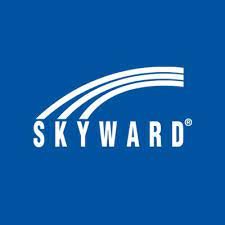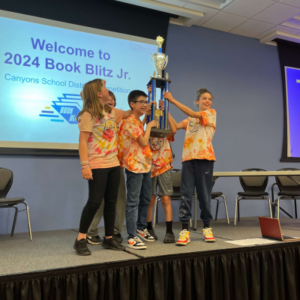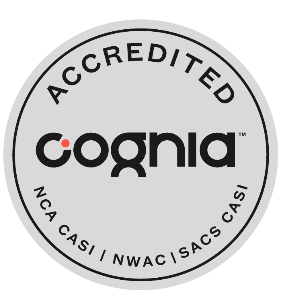Educators today are preoccupied with how to keep pace with their tech-savvy students, a generation of digital natives who were born into an era of instant connectivity and raised with technology-centered learning styles and expectations.
But there still exist a good number of students whose only exposure to technology is at school, which presents a different challenge.
“In the rush to making sure our schools are equipped for the high-tech demands of a 21st Century education, we need to be careful about leaving some students behind,” says Canyons District’s Information Technology Director Scot McCombs. “We need to also be working to bridge the digital divide.”
Earlier this month, the Canyons Board of Education approved a plan proposed by McCombs to aid those students for whom the divide is the greatestthe 3,500, or 10 percent, who have no access to computing devices or the Internet at home. Through a T-Mobile Empower 2.0 grant, the District intends to make computing devices available to these students, starting with 430 high school students, in much the same way that libraries check-out books, except for a more extended period of time. The grant also will cover half the cost of making hotspots available to the students so that they have Internet access at home. The remainder of the costs may also be partially covered through Utah’s Digital Teaching and Learning Grant.
“Technology is ubiquitous. It’s how we access knowledge, connect with one another, and make daily decisions, from crunching spreadsheets at work to finding a doctor or ordering pizza for delivery,” says McCombs. “I take for granted that I can access the Library of Congress on my phone, but some of our students don’t have the means. Without Internet access, how can we begin to address other technological inequities?”
Indeed, the digital divide means things for different students. Some are savvy users of social media, video games, and apps, but struggle to discern trustworthy from untrustworthy sources of information on the Internet. Some may be comfortable using software commonly encountered in the workplace, such as spreadsheets and word-processing programs, while others are coding and writing sophisticated software programs as teenagers.
But a survey of Canyons District families conducted by McCombs revealed that, for a surprising number of students10 percentthe divide is even greater than that, largely due to the unaffordability of devices and wifi. “First thing’s first,” he says, “if students don’t have access to a computer or the Internet from home, it’s harder for them to complete assignments and keep up with homework, much less learn to be good digital citizens.”
Devices will be made available based on financial need and checked out to students who meet poverty guidelines. There will be safeguards. Students will be asked to sign an agreement that outlines the appropriate use of the device, and the hotspots will be filtered using the same technology used to limit Internet browsing on the District’s school campuses.
But an experimental check-out program at Crescent Elementary showed students are generally careful with their devices and respectful of the appropriate-use guidelines. What’s more, having the devices at home helped boost their performance at school.
“Providing students with access to technology has been a game-changer for some of our students who have faced the biggest obstacles to success,” says Crescent Principal Camie Montague.
This past November, Crescent checked out devices to 15 special education students and English language learners who had no Internet access at home. The expectation was that they would all spend 80 minutes a week completing their homework in core subjects.
At the time, none of these students are were on track to meet grade-level standards of learning by June. Now, 14 are on track to meet or exceed the standards.
“We talk about how the printing press changed history and democratized how people access knowledge. Today, the Internet is how we access information, and to deny some students that access is just wrong,” McCombs says. “For me, this project is truly a labor of love. I view this as one of the most important things I’ll do here during my tenure at Canyons.”
McCombs hopes to have the computing devices and hotspots shipped to high schools and ready for check-out in time for the next trimester.











